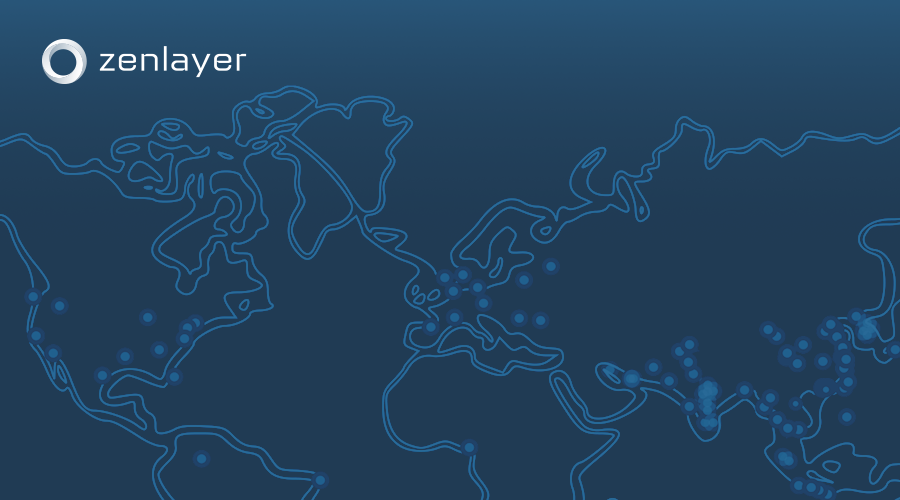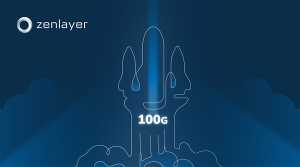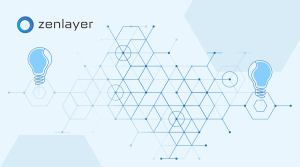Web 3.0 — also known as Web3 — is a new buzzword for the next generation of the internet. With Web 3.0, information processing will speed up and become more intelligent and users will have much more control and ownership over the services they use and make.
In this post, we will examine the critical role that blockchain and edge computing play in Web 3.0 — and what makes them important future-looking opportunities to know about.
What is Web 3.0? Is Web 3.0 the Future?
The first version of the internet was Web 1.0. This model mostly had static websites, which allowed for little interaction. This changed with the introduction of Web 2.0 around 2004, and the rise of centralized internet companies. Web 2.0 makes the internet much more interactive and useful and allows websites like YouTube and Netflix to function. We are still on Web 2.0 today, and will remain so for the foreseeable future.
Internet 3.0 is the next emerging internet framework that could potentially reach mainstream status within the next few years. As the Spatial Web Foundation explains, the Web 3.0 era won’t have any single technology or definition. Rather, it will rely on a decentralized architecture and a variety of spatial physical, cognitive, and distributed computing concepts. These technologies will function simultaneously in a single, integrated stack. (1)
Is Web 3.0 based on blockchain and edge computing?
Blockchain and edge computing are separate but interdependent technologies in Web 3.0.
Blockchain creates a faster and more secure computing environment, while edge computing provides the supporting infrastructure to enable quick and reliable blockchain transactions — particularly with advanced blockchain proof of stake (PoS) deployments.
Web 3.0 & the blockchain
Blockchain provides a universal state layer, or data set, that acts as a trusted source for internet-based settlement in Web 3.0. This layer enables secure P2P transmissions, without having to rely on any centralized governing bodies. Instead, management takes place over multiple participants throughout the network.
As a refresher, a blockchain is a distributed system that runs over multiple interconnected computer nodes. Blockchains contain blocks of data, which are publicly accessible, and impossible to modify due to cryptographic hash functions. When new data becomes available, it goes into a new block. The block continues compiling data until it reaches capacity, and then links to the previous block in the chain. Blockchains have no central group or individual controlling group. All users have visibility and control into a blockchain.
Decentralized Web 3.0 & Edge Computing
In the current Web 2.0 framework, most computing and data storage takes place in centralized data centers located far away from data sources. Web 3.0 takes a different approach by leveraging a decentralized edge computing architecture.
Edge computing involves moving computing and storage functions closer to data sources at the edge of the network. This decreases the distance that data needs to travel, and enables faster processing and decisioning with ultra-low latency.
Edge computing is a foundational technology for Web 3.0, and will make it possible to support data-heavy Web 3.0 applications that leverage video, augmented and virtual reality, and AI.
Zenlayer: Enabling Web 3.0 Features & Applications
Web 3.0 has the potential to completely change the way end users interact with the internet. If successful, Web 3.0 will give end users total ownership over the data they generate, resulting in a much more personalized — and profitable — user experience.
It’s important to note that Web 3.0 is still at the conceptual stage. We are still a few years away from Web 3.0 generating mainstream attention. However, many companies are already starting to lay the groundwork by experimenting with technologies like edge computing and blockchain.
Looking forward, blockchain and edge computing will act as fundamental enabling technologies in the approaching Web 3.0 framework. And here at Zenlayer, our distributed edge cloud services are playing a key supporting role. We provide access to ultra-low latency connectivity and distributed edge infrastructure, to support next-generation Web 3.0 applications.
To learn how Zenlayer’s edge cloud services enable blockchain and web 3.0, contact us today.
Sources:
(1) https://spatialwebfoundation.org/2021/10/18/defining-web-3/







